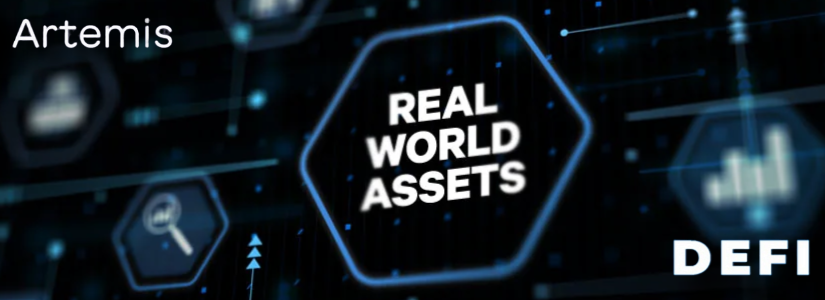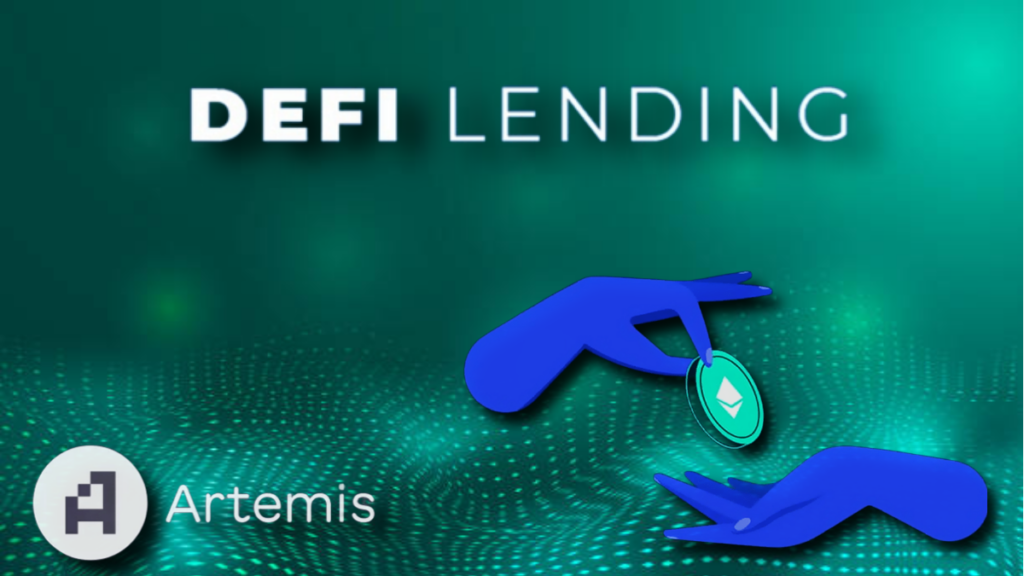TL;DR
- DeFi lending has reached nearly $60 billion in total value locked, showing a 60% annual increase.
- This growth is fueled by institutional participation and the integration of tokenized real-world assets like US Treasuries.
- Fintech platforms are increasingly adopting a “DeFi backend” model, quietly embedding decentralized protocols to offer mainstream users access to on-chain financial services.
Decentralized finance (DeFi) is undergoing a steady transformation, with lending platforms at the heart of its latest growth cycle. A recent report from Artemis and Vaults.fyi reveals that the total value locked (TVL) in DeFi lending has surged beyond $50 billion, edging closer to $60 billion. This marks a 60% increase over the past year, driven by expanding institutional involvement and more advanced risk management systems.
This shift reflects DeFi’s evolving function, from speculative playground to a modular financial infrastructure supporting both crypto-native users and fintech firms looking to diversify their offerings.
Fintech Platforms Quietly Embrace DeFi Backends
A standout trend, dubbed the “DeFi mullet,” is reshaping user experiences. Fintech companies like Coinbase and Bitget Wallet are integrating DeFi protocols in the background, allowing users to access loans or earn yield without interacting directly with decentralized platforms.
Coinbase, for instance, enables users to borrow against their Bitcoin through DeFi lender Morpho, already facilitating over $300 million in loans. Similarly, Bitget Wallet offers a 5% yield on stablecoin holdings by leveraging Aave’s infrastructure. These setups combine familiar user interfaces with decentralized backend systems, creating an intuitive on-ramp to DeFi without compromising usability.
Other major platforms, including PayPal and Venmo, are also adopting hybrid models. While not fully decentralized, they offer returns through on-chain mechanisms, such as PayPal’s nearly 3.7% yield via its PYUSD stablecoin.
Tokenized Assets and On-Chain Managers Power DeFi’s Evolution
Another driver of DeFi’s expansion is the growing use of tokenized real-world assets (RWAs) like US Treasuries, credit products, and yield-bearing funds. These assets are being used within DeFi ecosystems as collateral or income-generating instruments, bridging traditional finance with the blockchain world.

Pendle, a platform focused on yield separation, now manages over $4 billion, primarily in tokenized stablecoin products. Ethena’s yield-bearing sUSDe token also illustrates how advanced strategies can be packaged for simple end-user interaction, delivering returns of over 8%.
Complementing this, a wave of crypto-native asset managers, including Gauntlet, Steakhouse Financial, and Re7, has emerged. These firms allocate capital using traditional-style management approaches, helping stabilize markets and enhance returns. Since January, assets under management in this sector have grown from $1 billion to more than $4 billion.










